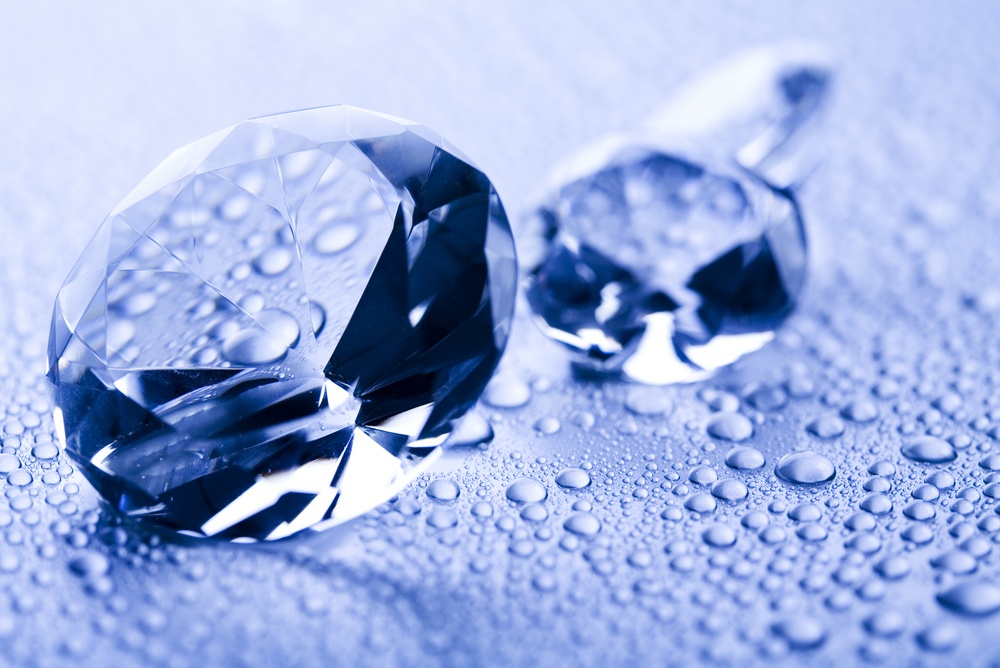Lab-Grown Diamonds: A Comprehensive Guide to CVD Technology
Introduction to Lab-Grown Diamonds
Ever wondered how those sparkling gems you see in jewelry stores could be created in a lab rather than being dug up from the Earth? Lab grown diamonds cvd, particularly those produced through Chemical Vapor Deposition (CVD), are revolutionizing the diamond industry. They offer all the beauty and durability of natural diamonds but with some exciting benefits. Let’s dive into what makes these diamonds tick!
What Are Lab-Grown Diamonds?
Lab-grown diamonds are exactly what they sound like—diamonds created in a laboratory setting rather than through geological processes. They are chemically, physically, and optically identical to natural diamonds. The major difference? They’re crafted with precision and control, allowing for stunning clarity and brilliance.
Types of Lab-Grown Diamonds
Chemical Vapor Deposition (CVD)
CVD diamonds are made using a fascinating process. A diamond seed is placed in a chamber filled with carbon-rich gases. Through a series of complex chemical reactions, the carbon atoms deposit onto the seed and slowly crystallize into diamond. The result? A diamond that’s just as real as those found deep underground.
High Pressure High Temperature (HPHT)
On the flip side, HPHT diamonds are created under intense pressure and temperature conditions that mimic those of the Earth’s mantle. This method is another way to grow diamonds, but we’re focusing on CVD diamonds here, as they’ve been making quite a splash in the industry.
Understanding CVD Technology
How CVD Works
The CVD process starts with a diamond seed placed in a vacuum chamber. Carbon gases, often methane, are introduced into the chamber. Using energy sources like microwaves or lasers, the gases break down, allowing carbon atoms to deposit onto the seed and form diamond layers. It’s a meticulous process that ensures high purity and quality in the resulting diamonds.
Advantages of CVD Diamonds
Purity and Quality
CVD diamonds often come with fewer impurities and inclusions compared to natural diamonds. The controlled environment of the lab allows for the creation of diamonds that are nearly flawless. Imagine a gem so clear, it practically sparkles with perfection!
Cost Efficiency
One of the most compelling reasons for the rise of CVD diamonds is their cost. They are generally less expensive than their natural counterparts, making them an attractive option for budget-conscious buyers without sacrificing quality.
CVD Diamonds vs. Natural Diamonds
Differences in Formation
Natural diamonds are formed over millions of years under extreme conditions of pressure and temperature. CVD diamonds, however, are created in a matter of weeks or months, thanks to the controlled lab environment. This speed doesn’t compromise their authenticity; it just makes them more accessible.
Quality and Appearance
Both CVD and natural diamonds boast a stunning sparkle and brilliance. The key difference often lies in the minute details. CVD diamonds can be produced to exhibit fewer inclusions and a more consistent quality compared to natural diamonds.
Price Comparison
While natural diamonds come with a hefty price tag due to their rarity and the extensive mining process, CVD diamonds offer a more budget-friendly alternative. This price difference doesn’t reflect on their beauty or quality but rather on the production process.
Applications of CVD Diamonds
Jewelry
CVD diamonds are making waves in the jewelry industry. They are used in everything from engagement rings to stylish earrings, offering an eco-friendly and affordable alternative to natural diamonds. Their brilliance and clarity make them a favorite among jewelers and consumers alike.
Industrial Uses
Cutting and Drilling
Due to their hardness, CVD diamonds are perfect for industrial applications. They are used in cutting, grinding, and drilling tools, providing high efficiency and durability in various industries.
Electronics and Technology
CVD diamonds are also making their mark in the tech world. They’re used in electronic devices and advanced technology due to their superior thermal conductivity and electrical insulation properties.
The Future of Lab-Grown Diamonds
Market Trends
The lab-grown diamond market is expanding rapidly. With increasing awareness and acceptance, these diamonds are becoming a mainstream choice. Innovations and improvements in CVD technology are likely to drive the market further, offering more options for consumers.
Technological Advancements
As technology advances, the process of creating CVD diamonds is becoming more refined. This means even higher quality diamonds with fewer imperfections and more affordable prices. The future looks bright for CVD diamonds, with continuous improvements on the horizon.
Conclusion
Lab grown diamonds, particularly those created through Chemical Vapor Deposition, are changing the landscape of the jewelry and industrial markets. They offer an attractive combination of purity, affordability, and versatility. Whether you’re considering a sparkling piece of jewelry or exploring their industrial applications, CVD diamonds represent a fascinating blend of science and beauty. As technology progresses, these diamonds are set to become even more prevalent, offering a glimpse into a future where elegance and innovation go hand in hand.



